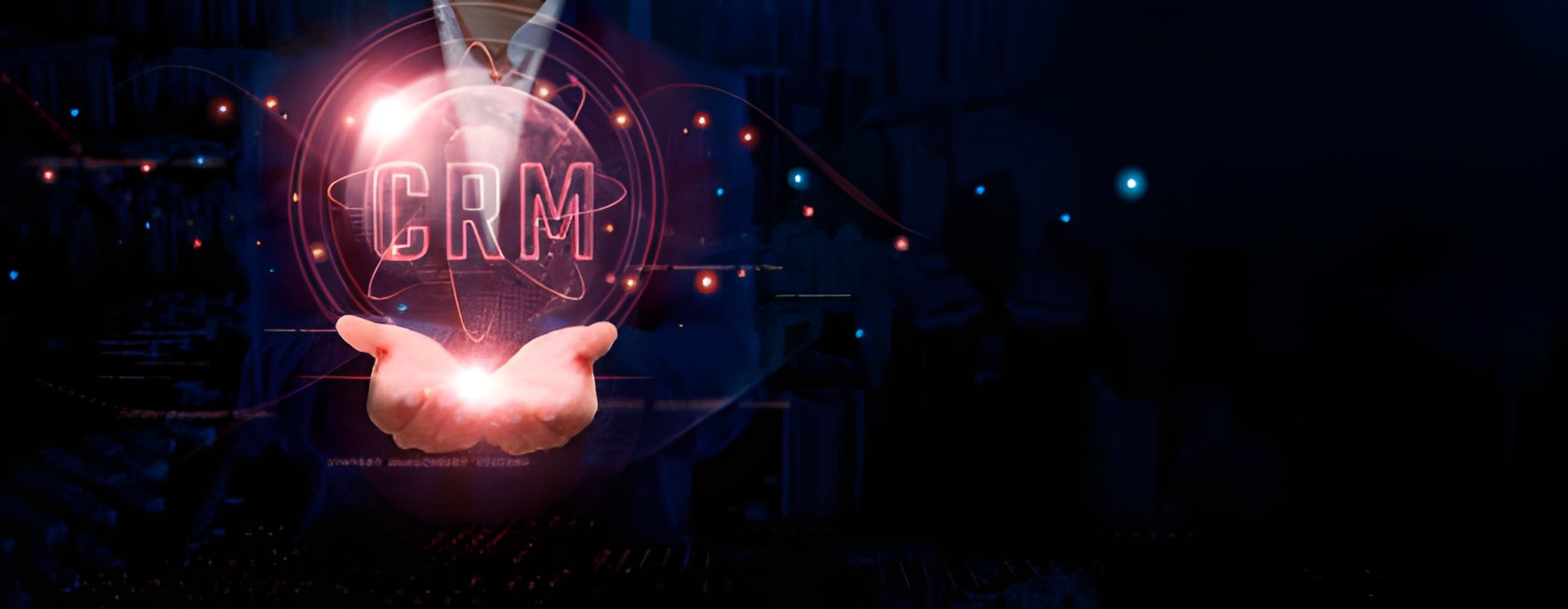TL;DR
The article outlines Salesforce security’s shared responsibility model, where Salesforce secures the platform and businesses secure their data. It covers key strategies: enforcing Multi-Factor Authentication (MFA), using granular access controls (profiles and permission sets), continuous monitoring with Salesforce Shield, data classification, and securing third-party integrations. Following these best practices helps mitigate risks, ensure compliance, and maintain customer trust.
A Salesforce environment is not merely a CRM; it is the heart of your business, where the most important asset of all, customer data, is kept. All the leads, contacts and transactions are part of this whole environment. Based on the highly secure platform that Salesforce offers, the decision of what happens to the data in terms of security still remains with you. A security incident due to a misconfiguration or an unauthorised user account can result in a huge loss of data. Therefore, a security strategy that is proactive and consists of all facets around Salesforce is not just an IT issue but rather a very important business necessity.
Understanding the Shared Responsibility Model
The foundation of Salesforce security lies in understanding the shared responsibility model. Think of it like a secure bank:
- Salesforce’s Responsibility: Salesforce is responsible for the security of the cloud. They secure the physical data centers, the network infrastructure, and the core platform itself, ensuring it is resilient against external attacks.
- Your Responsibility: You are responsible for security in the cloud. This means you control who has access to your data, what they can see and do, and how you monitor their activity.
Ignoring your side of this partnership is the single biggest risk to your CRM data protection.
The Core Pillars of Salesforce Security
A robust security posture is built on several interconnected layers. These are the non-negotiable pillars every business must implement.
1. Strong User Authentication: Your First Line of Defense
The most common entry point for attackers is a compromised user credential. A simple username and password are no longer enough.
- Multi-Factor Authentication (MFA): This is the most critical security control you can enable. MFA requires users to provide two or more verification factors to gain access, such as a password and a code from a mobile app. Salesforce has made this mandatory, but it’s crucial to ensure it is properly enforced for all users, including system administrators.
- Strong Password Policies: Enforce policies that require complex, regularly updated passwords.
- Session Management: Configure session timeouts to automatically log users out after a period of inactivity, reducing the risk of an unattended session being hijacked.
2. The Principle of Least Privilege: Data Access Control
Not everyone in your company needs to see all your data. The principle of least privilege states that users should only have access to the specific data and functions they need to do their jobs. Salesforce provides a powerful and granular set of tools to enforce this:
- Profiles: Define a user’s baseline access to objects and fields.
- Roles: Control which records a user can see based on their position in the hierarchy.
- Permission Sets: Grant additional, specific permissions to individual users without changing their entire profile.
Properly configuring this access model is a foundational part of any successful Salesforce Implementation.
3. Continuous Monitoring and Threat Detection
You cannot protect what you cannot see. Continuous monitoring is essential for detecting suspicious activity and responding to potential threats before they become a full-blown breach.
- Salesforce Shield: This is a suite of advanced security tools that includes Event Monitoring, which allows you to see detailed data about user activity within your org. You can track who is accessing sensitive data, running reports, or making changes.
- Login Forensics: Track login attempts to identify unusual patterns, such as multiple failed logins or logins from suspicious IP addresses.
Key Salesforce Best Practices for Data Protection
Beyond the core pillars, adhering to these Salesforce best practices will further strengthen your security posture.
Data Classification
Not all data is created equal. Identify and classify your most sensitive data, such as personally identifiable information (PII) or financial records. This allows you to apply stricter security controls, such as encryption and auditing, to your most critical assets.
Secure Integrations and APIs
Your Salesforce environment is likely connected to numerous third-party applications. Each of these connections is a potential entry point for attackers. A critical part of CRM data protection involves rigorously vetting third-party apps and properly configuring every Salesforce Integration. Always follow the principle of least privilege when granting API access.
Our Salesforce Security Services in Action: Case Studies
Case Study 1: A FinTech Firm’s Compliance Overhaul
- The Challenge: A wealth management company needed to prove to auditors that they had robust controls in place to protect sensitive client financial data. They lacked a formal monitoring and auditing solution.
- Our Solution: We implemented Salesforce Shield, including Platform Encryption and Field Audit Trail. Our Salesforce Consulting team then built custom dashboards to monitor access to sensitive fields and generate automated compliance reports.
- The Result: The company successfully passed its regulatory audit. The enhanced security posture became a key selling point, helping them land a major enterprise client and proving the ROI of their investment in Salesforce security.
Case Study 2: A Healthcare Provider’s Custom Portal
- The Challenge: A healthcare organization wanted to build a patient portal on Salesforce Experience Cloud but needed to ensure it was fully HIPAA compliant and protected patient health information (PHI).
- Our Solution: We provided Salesforce Development Services to build a secure, custom portal. We implemented a strict security model with granular sharing rules and used Platform Encryption to protect all PHI at rest.
- The Result: The new portal provided a secure and user-friendly way for patients to access their health records. The robust security measures ensured HIPAA compliance and built a deep sense of trust with their patient base.
Our Technology Stack for Salesforce Security
We use a combination of native Salesforce tools and best-in-class third-party solutions.
- Core Salesforce Tools: Profiles, Permission Sets, Sharing Rules, Salesforce Shield
- Authentication: Salesforce Authenticator, Google Authenticator, YubiKey
- Code Scanning: Apex PMD, Checkmarx
- Backup & Recovery: OwnBackup, Odaseva
- Third-Party Security: Nightfall AI for DLP, FairWarning for monitoring
Conclusion
Salesforce security is a continuous and critical business function. By embracing the shared responsibility model and implementing a multi-layered strategy that includes strong authentication, granular access controls, and vigilant monitoring, you can effectively protect your customer data. Adhering to Salesforce best practices is not just about avoiding breaches; it’s about building the trust that is the foundation of every customer relationship.
At Wildnet Edge, our AI-first approach enhances this by leveraging AI to detect anomalous user behavior and predict potential threats, adding an intelligent layer to your CRM data protection strategy.
FAQs
The ROI is primarily in risk mitigation. The cost of a data breach, including regulatory fines, legal fees, and reputational damage, can be catastrophic. A strong security investment is an insurance policy that protects you from these massive potential losses.
Salesforce provides a secure platform, but you are responsible for how you configure it and who you grant access to. This is the shared responsibility model. The most common breaches are caused by customer-side misconfigurations or compromised user credentials.
The first step is to run the Salesforce Health Check. It’s a free, built-in tool that scans your security settings against a baseline of Salesforce best practices and gives you a prioritized list of vulnerabilities to address.
MFA protects you from password theft. Even if a hacker steals a user’s password, they cannot log in without the second factor (e.g., the code from the user’s mobile app). This single control can prevent the vast majority of account takeovers.
Think of a Profile as the “base” level of access for a group of users (e.g., “Sales Rep”). A Permission Set grants additional permissions to a specific user within that group without changing everyone’s entire profile.
Salesforce Shield is an add-on product, and its pricing is typically a percentage of your total Salesforce license fees. The exact cost can vary, so speaking with your Salesforce account executive is best.
Custom code can introduce new vulnerabilities if not written securely. It’s crucial that any custom development follows secure coding practices and is thoroughly tested for vulnerabilities like SOQL injection. This is why working with an experienced partner for Custom Software Development Services is so important.

Nitin Agarwal is a veteran in custom software development. He is fascinated by how software can turn ideas into real-world solutions. With extensive experience designing scalable and efficient systems, he focuses on creating software that delivers tangible results. Nitin enjoys exploring emerging technologies, taking on challenging projects, and mentoring teams to bring ideas to life. He believes that good software is not just about code; it’s about understanding problems and creating value for users. For him, great software combines thoughtful design, clever engineering, and a clear understanding of the problems it’s meant to solve.
 sales@wildnetedge.com
sales@wildnetedge.com +1 (212) 901 8616
+1 (212) 901 8616 +1 (437) 225-7733
+1 (437) 225-7733































